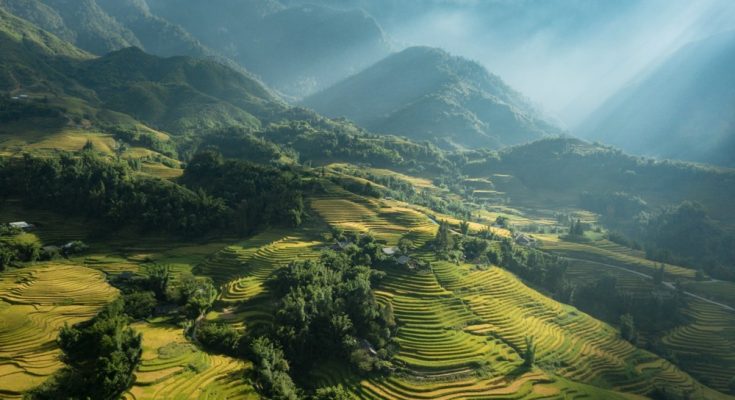Sapa is a small village situated in the northern highlands of Vietnam, famous for its beautiful landscapes, vibrant culture, and friendly people. The beautiful scenery of the terraced rice fields, local markets, and indigenous tribes altogether give a real flavor to Vietnam that is often missed on tours. These six activities shouldn’t be missed by tourists in Sapa.
Viewing the Beautiful Sceneries on Foot
The most attractive features of Sapa are the super trekking opportunities available for all standards of walkers. They surround it with colorful plants, gushing rivers, and rich flora from the mountains and valleys. Fansipan or Cat Cat Village offers stunning vistas and chances to meet the Black Hmong and Red Dzao tribes while hiking.
The treks pass through terrace rice fields supported by an elaborate irrigation system in the region, while the physical difficulties of the hike are complemented by the explanation of the rich culture and history of the region by the local guides. It makes a perfect multi-day, half-day, and full-day trek with stunning vistas and pure mountain air.
Cultural Immersion
Still wondering what to do in Sapa? Sapa is a city with numerous ethnic minorities inhabiting it, all having their cultural peculiarities. To understand this cultural mosaic, one has to visit local markets. In the Saturday Market in Muong Khuong and Sunday Market in Bac Ha, taking place in different villages, it is possible to get acquainted with local tribespeople selling handicrafts and agricultural products.
Visit some famous spots
Other than the picturesque scenery, Sapa is also made of a number of monuments: Fansipan Mountain-the highest peak in Indochina-can be seen at a height of 3,147 meters. This enormous challenge can be overcome by hiking along the allowed trails or with the help of a cable car, enjoying the breathtaking valley below.
Scenic railroads
Take the most breathtaking train from Sapa down to Lao Cai for an unforgettable experience. The train cuts its way through the mountains, which is the perfect way to witness nature’s wonder down in the area. The train may provide you and the other passengers with the opportunity to see the terraced farmland, flowing rivers, and towering peaks.
Ecotourism Involvement
Recently, Sapa has popularized eco-tourism activities that help nurture the process of conservation by allowing tourists to enjoy nature. Tour operators in Sapa use responsible ecotourist hiking practices and coordinate with villages near the reserve so that local peoples’ financial and environmental benefits stemming from tourism are ensured.
Relaxing at Conventional Facilities
Of course, a Sapa holiday will not be complete without sleeping in an ethnically traditional hotel. Find a guesthouse in one of the surrounding villages to really experience ethnic minority living. Homestays let guests participate in rice harvests, cook, and experience community celebrations.
Many homestays have stunning window views that allow guests to wake up to the rice fields before the sun is up. The best hotels in Sapa provide modern amenities without compromising the natural beauty of the area. Whichever you choose, take the time to relax and reflect on some of your life-changing experiences in Sapa.




